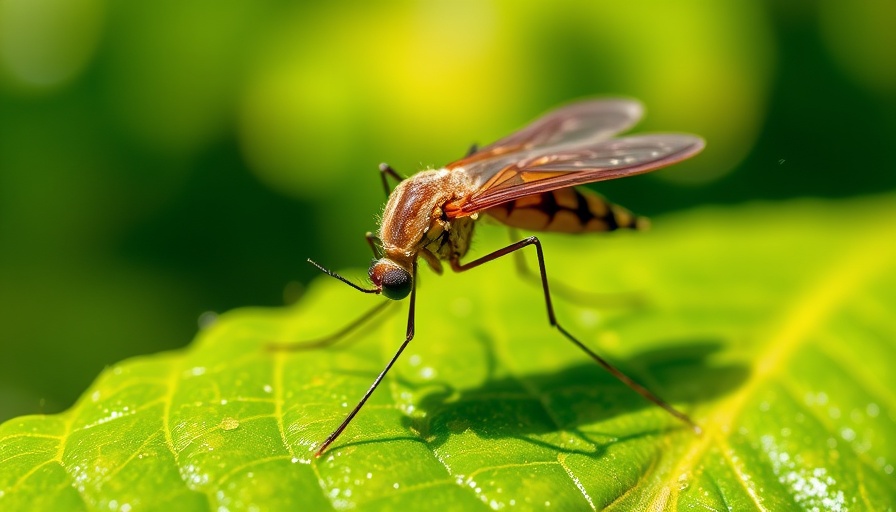
Unveiling the Benefits of Deadheading Coneflower
Among the many vibrant flowers in a garden, Coneflower (Echinacea) stands out not only for its bright, daisy-like blooms but also for its resilience against drought conditions. As mid to late summer approaches, gardeners face the crucial question of whether to deadhead coneflower plants. Deadheading refers to the practice of removing fading or dead flowers to encourage further blooming.
Extending Blooming and Supporting Wildlife
The act of deadheading can extend the blooming period of coneflowers, offering a longer display of color in your garden. This method serves dual purposes: it keeps your garden looking tidy and vibrant while providing additional resources for local pollinators. By removing spent flowers before they set seeds, you divert energy back into producing more blooms, which in turn attracts bees, butterflies, and other vital species.
Practical Steps: How to Deadhead Coneflowers Effectively
1. Timing is Key: Perform deadheading in late summer or early fall for the best results. Watch your plants for wilting blooms after they first bloom; this is the prime time to remove them.
2. Use Clean Tools: Ensure you use clean pruning shears or scissors to avoid any risk of disease when clipping the flowers.
3. Cut Just Above a Leaf Node: Aim to make your cuts just above a pair of leaves on the stem. This encourages new growth to emerge.
Environmentally Friendly Gardening Practices
As an eco-conscious gardener, consider adopting other sustainable practices alongside deadheading coneflowers. Grouping plants with similar water and sun requirements not only optimizes space but also conserves resources. Furthermore, learning about the native species around Long Island can enhance biodiversity, which supports local wildlife populations. Combining these methods helps create a garden that not only looks good but also functions healthily within the ecosystem.
Future Trends in Sustainable Gardening
With increasing awareness surrounding environmental issues, deadheading and similar gardening practices are paving the way for trends that prioritize wildlife-friendly spaces. As more gardeners adopt eco-friendly philosophies, products, and knowledge about native flora, we can expect to see a shift in landscaping trends. Gardens will become increasingly vibrant, attracting beneficial insects and reducing the need for chemical interventions.
Conclusion: Be Part of the Change
Deadheading coneflowers is thus not merely a gardener’s chore; it’s a practice that supports wildlife, enhances beauty, and contributes to ecological health. Embrace this simple yet impactful practice in your gardening routine, and watch as your efforts bloom into a thriving habitat for nature's pollinators.
 Add Row
Add Row  Add
Add 




Write A Comment